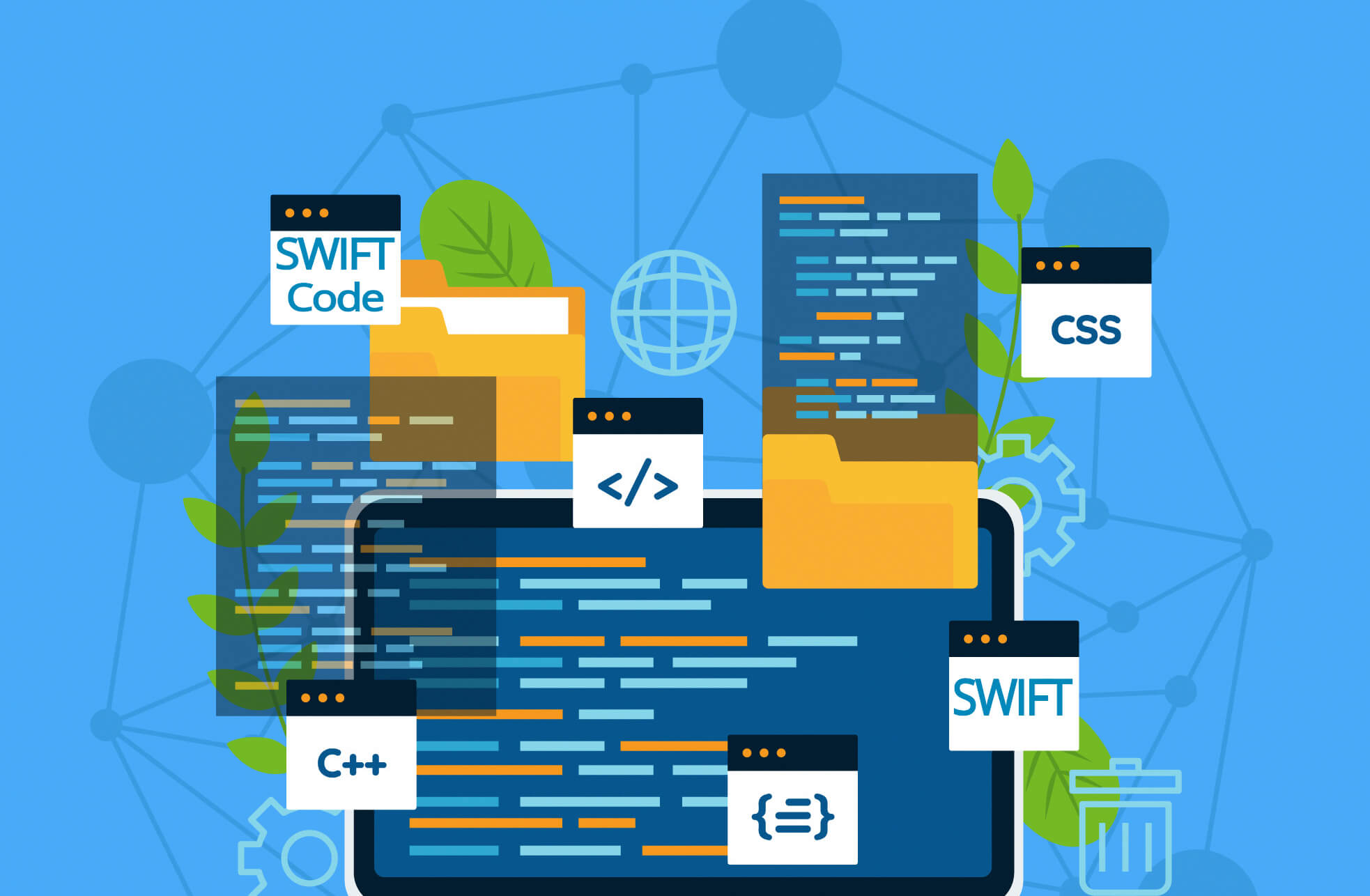A simple Strategy to learn Swift

Swift is a general-purpose, multi-paradigm, compiled programming language developed by Apple Inc. for iOS, iPadOS, macOS, watchOS, tvOS, Linux, and z/OS. Swift is designed to work with Apple’s Cocoa and Cocoa Touch frameworks and the large body of existing Objective-C code written for Apple products. It is built with the open source LLVM compiler framework and has been included in Xcode since version 6, released in 2014. On Apple platforms, it uses the Objective-C runtime library which allows C, Objective-C, C++ and Swift code to run within one program.
Apple intended Swift to support many core concepts associated with Objective-C, notably dynamic dispatch, widespread late binding, extensible programming and similar features, but in a “safer” way, making it easier to catch software bugs; Swift has features addressing some common programming errors like null pointer dereferencing and provides syntactic sugar to help avoid the pyramid of doom. Swift supports the concept of protocol extensibility, an extensibility system that can be applied to types, structs and classes, which Apple promotes as a real change in programming paradigms they term “protocol-oriented programming” (similar to traits).
Swift supports five access control levels for symbols: open, public, internal, fileprivate, and private. Unlike many object-oriented languages, these access controls ignore inheritance hierarchies: private indicates that a symbol is accessible only in the immediate scope, fileprivate indicates it is accessible only from within the file, internal indicates it is accessible within the containing module, public indicates it is accessible from any module, and open only for classes and their methods) indicates that the class may be subclassed outside of the module.
An important new feature in Swift is option types, which allow references or values to operate in a manner similar to the common pattern in C, where a pointer may refer to a value or may be null. This implies that non-optional types cannot result in a null-pointer error; the compiler can ensure this is not possible.
Optional types are created with the Optional mechanism—to make an Integer that is nullable, one would use a declaration similar to var optionalInteger: Optional. As in C#, Swift also includes syntactic sugar for this, allowing one to indicate a variable is optional by placing a question mark after the type name, var optionalInteger: Int?. Variables or constants that are marked optional either have a value of the underlying type or are nil. Optional types wrap the base type, resulting in a different instance. String and String? are fundamentally different types, the latter has more in common with Int? Than String. To access the value inside, assuming it is not nil, it must be unwrapped to expose the instance inside. This is performed with the! operator.
conclusion:
learning Swift, the programming language for iOS app development, doesn’t have to be complicated. With a simple and strategic approach, anyone can grasp the fundamentals of Swift and start building their own mobile apps. However, if you’re looking for professional assistance in developing a couple app or any other mobile application, Wama Technology, a leading mobile app development company, can provide you with the expertise and support you need. With their skilled team of developers, they can transform your ideas into a fully functional and user-friendly mobile app. Trust Wama Technology to bring your app dreams to life.